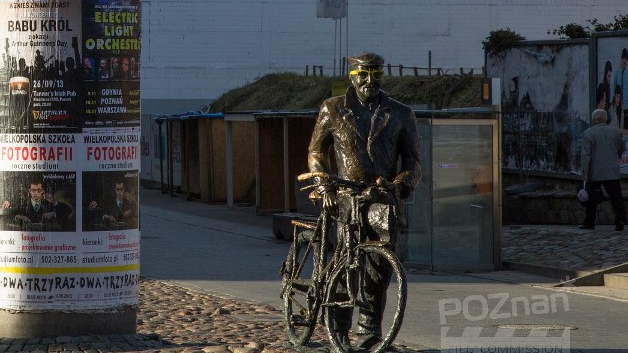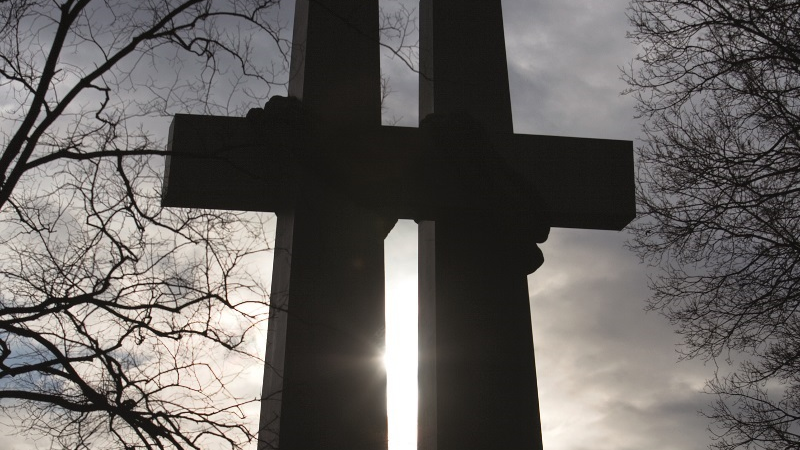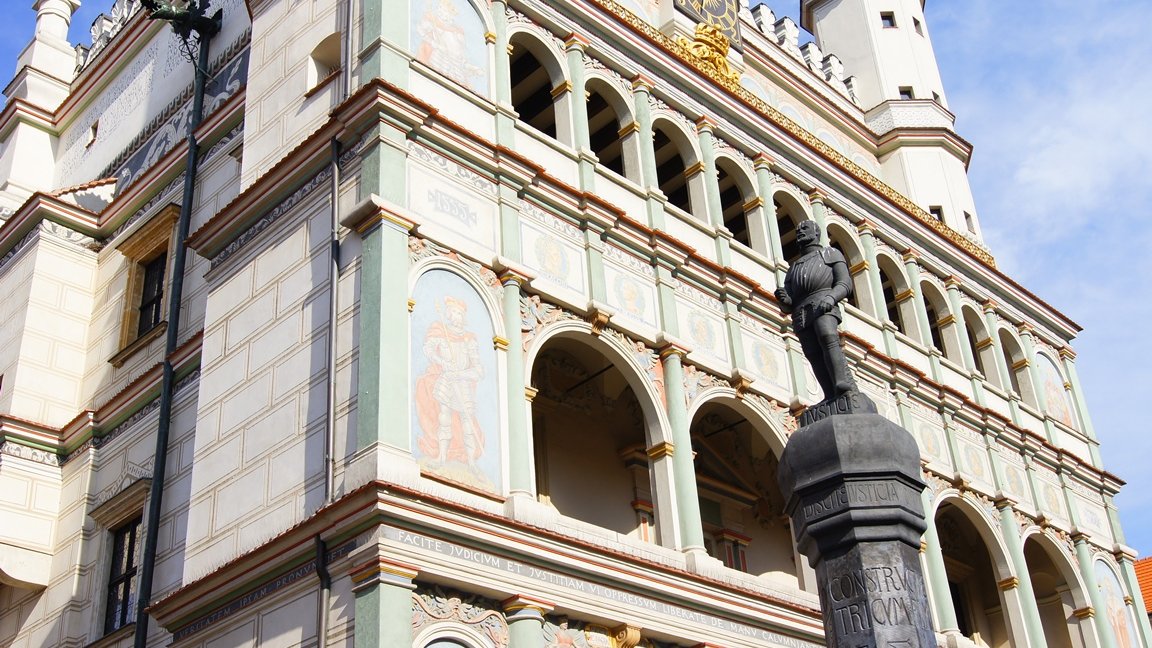Listen to a monument

Although it still bears a statue of an executioner, the Pillory in the heart of Poznań's Stary Rynek is no longer associated with the punishment of flogging. Today, it is mainly a popular spot where Poznań residents like to meet socially. The post, designed for meting out corporeal punishment, was erected in 1535, financed by fines imposed on female servants considered to have dressed too frivolously. The original 16th-century post "funded" by imprudent maids was moved to the Poznań History Museum, currently housed in the City Hall. The Old Market Square has been left with a 1925 replica.
One statue which, without a doubt, has a distinctively Poznań character, is Stary Marych (Old Marych), depicted as a man walking a bicycle at one end of ul. Półwiejska. Although a fictitious character, Stary Marych is well known throughout Poznań. In 1983, listeners to Poznań radio had the first chance to hear Blubry Starego Marycha ("Stary Marych's Blabbers"). This radio programme, promoting the Poznań dialect, was hosted by the late actor Marian Pogasz.
Another fictitious character immortalised with a statue is Zyga the Lamplighter, placed in Skwer Ignacego Łukasiewicza in 2003. An actual historic gas lantern has been incorporated into the sculpture. While in the square, take a rest on a bench right next to Ignacy Łukasiewicz, the kerosene lamp inventor himself, whose statue was placed in the park in 2013.
If you fancy a more abstract type of art, go to Wzgórze św. Wojciecha to see the Poznań Army monument. Established as early as March 1939 under the command of Gen. Tadeusz Kutrzeba, the army played a key role in Poland's defensive effort to defeat the Germans in the Battle of the Bzura, fighting hand in hand with the Pomorze (Pomerania) Army. While the idea of constructing the monument was first suggested in the 1970s, quite a long time after the war ended , it was not until much later, in 1982, that it was actually erected. The sculpted elements of the monument were made by Marian Banasiewicz and Jerzy Nowakowski.
The 1980s saw the construction of another imposing monument. In 1981, a monument to the Victims of June 1956, which commemorated socialist Poland's first general strike and protests against the communist government, was placed in Plac Mickiewicza in the former Castle District. During the Prussian rule, the square held a statute of Chancellor Otto Bismarck. After Poland regained independence, this statue was replaced by a massive Thanksgiving Monument, subsequently dismantled by the German occupiers during World War II.
Justyna Żarczyńska
© Wydawnictwo Miejskie Posnania 2018
See more

God Save the Film

Black-and-White Poznań

An Arctic Point of View




